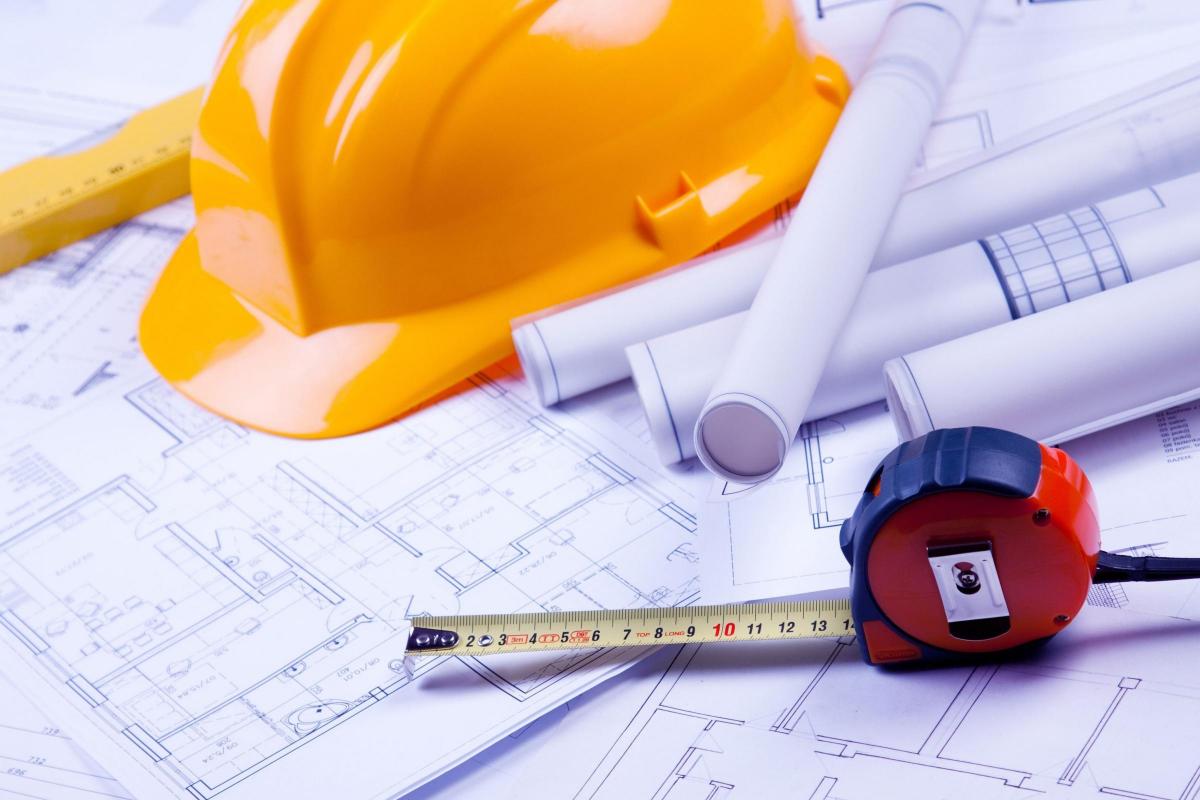By Cameron Stott, Director, Office Agency at JLL in Edinburgh
EARLIER this year the UK Government became the first G7 country to set a net-zero emissions target by 2050. “Net zero” means that emissions are balanced by absorbing an equivalent amount from the atmosphere. In order to meet the global warming target in the Paris Agreement, global carbon emissions should be reaching net zero by around mid-century.
This week the the Scottish Government re-emphasised its commitment to meet targets for Scotland to become carbon neutral by 2045. In the spirit of healthy competition between our two largest cities, Glasgow wants to reach the target “well before 2045”, while Edinburgh has set its sights on 2030, with a hard limit of 2037.
Across the UK, the operation of buildings accounts for over 30% of total greenhouse gas emissions. For new buildings, the embodied emissions from construction can account for up to half of the carbon impacts associated with the building over its lifecycle.
The good news is that emissions from buildings have fallen by 13% since 2013 and are around 20% below 1990 levels. However, uptake of energy efficiency measures has been low, and deployment of low-carbon heating options limited. Achieving the 2045 target will require substantial improvements in energy efficiency and an increase in low-carbon heating.
Some progress has already been made with many in the construction industry increasingly employing methods which are strictly carbon neutral. Steps include making sure local supply chains are developed for construction and refurbishment in low carbon design, and subscribing to the circular economy – a regenerative system aimed at minimising waste and making the most of resources through long-lasting design, maintenance, and recycling.
However, Scotland lags behind some other European countries when it comes to sustainable construction philosophies. In the Netherlands, the world’s first full-service Cradle to Cradle (C2C) optimised working environment lies a few miles outside of Amsterdam. Park 2020 was built with entirely recycled or repurposed materials and the design of its buildings has made optimal use of natural resources in accordance with C2C principles. The buildings are designed for disassembly, using materials that are suitable for future upcycling capabilities. The result is an inspiring, healthy and productive working environment.
William McDonough, the originator of the concept, is a globally recognised leader in sustainable development. His ambition to eliminate the concept of waste has been helping companies and communities think differently about how they make, use and dispose of things. At its core, C2C ensures materials are infinitely reusable in the circular economy of the future.
However, the property sector should not be waiting for Government legislation to impose regulations on the industry, we should be leading by example. That’s why JLL is already discussing C2C developments with clients and refurbishing and repurposing existing buildings bringing them back to economic use where possible by using recycled and reusable materials.
Occupiers and investors are increasingly demanding higher sustainability standards, so the demand is there. And financially these new sustainable developments are becoming more viable, particularly when investors and occupiers take a longer term view.
But beyond cost, this approach is clearly a more positive way not only to create buildings which are pleasant to work in, achieving high levels of wellness, but are safe to build and aesthetically pleasing.
The faster our industry starts thinking more than five years ahead, the sooner we will be able to future-proof our buildings and meet the targets set in front of us. Regardless of when Scotland fulfils its ambition to be net-zero, the next wave of developments will dictate how quickly we can kick start a change in our industry-wide thinking.






Why are you making commenting on The Herald only available to subscribers?
It should have been a safe space for informed debate, somewhere for readers to discuss issues around the biggest stories of the day, but all too often the below the line comments on most websites have become bogged down by off-topic discussions and abuse.
heraldscotland.com is tackling this problem by allowing only subscribers to comment.
We are doing this to improve the experience for our loyal readers and we believe it will reduce the ability of trolls and troublemakers, who occasionally find their way onto our site, to abuse our journalists and readers. We also hope it will help the comments section fulfil its promise as a part of Scotland's conversation with itself.
We are lucky at The Herald. We are read by an informed, educated readership who can add their knowledge and insights to our stories.
That is invaluable.
We are making the subscriber-only change to support our valued readers, who tell us they don't want the site cluttered up with irrelevant comments, untruths and abuse.
In the past, the journalist’s job was to collect and distribute information to the audience. Technology means that readers can shape a discussion. We look forward to hearing from you on heraldscotland.com
Comments & Moderation
Readers’ comments: You are personally liable for the content of any comments you upload to this website, so please act responsibly. We do not pre-moderate or monitor readers’ comments appearing on our websites, but we do post-moderate in response to complaints we receive or otherwise when a potential problem comes to our attention. You can make a complaint by using the ‘report this post’ link . We may then apply our discretion under the user terms to amend or delete comments.
Post moderation is undertaken full-time 9am-6pm on weekdays, and on a part-time basis outwith those hours.
Read the rules here